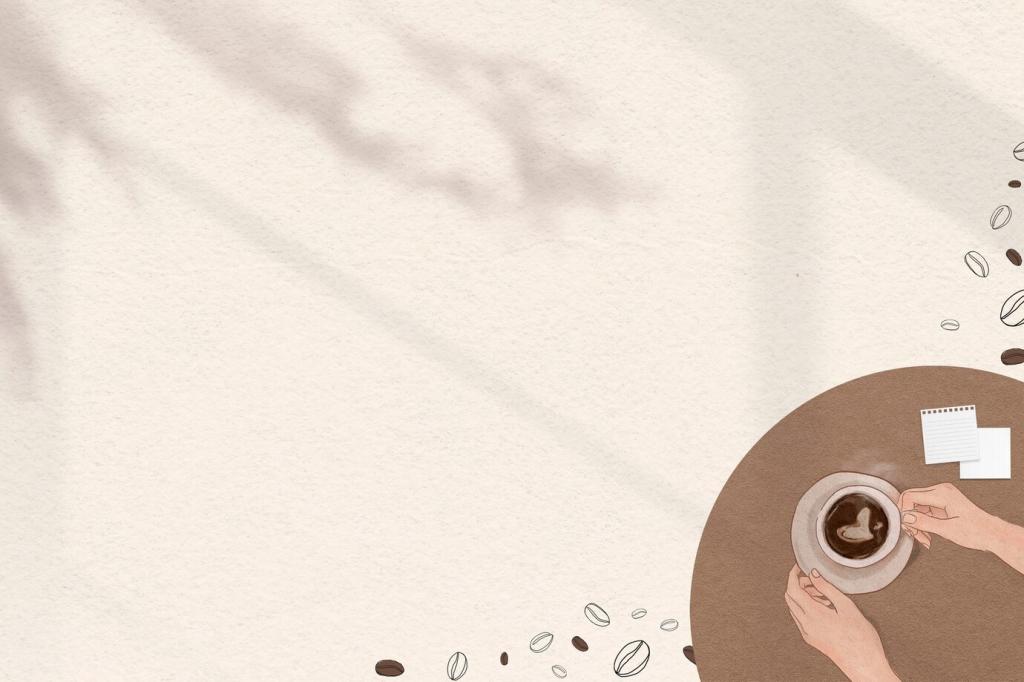Today’s theme is The Rise of Minimalist Sculptures—an inviting journey into quiet forms, precise materials, and the powerful emotions sparked by less. Settle in, explore, and tell us how minimalism shifts the way you see space.

In the 1960s, artists in New York traded gestural drama for measured calm, shaping minimalist sculptures from industrial materials. That shift invited viewers to notice space itself. What did you first feel seeing a pared-down form?

Minimalist sculptors rarely wrote grand manifestos; their work argued through restraint. By rejecting illusion, they honored material truth and viewer experience. Share how a quiet object once commanded your attention without saying a word.

A first walk through Marfa’s expansive rooms taught me how sunlight, concrete, and distance collaborate. Minimalist sculptures hum in spacious silence. Have you visited a place where emptiness felt surprisingly full? Tell us below.
Materials That Matter, Methods That Disappear
Crisp edges and consistent surfaces give minimalist sculptures their authority. Brushed aluminum diffuses light; weathering steel records time. Which surface draws you in: immaculate reflection or dignified rust? Comment with a material that calms your eye.
Materials That Matter, Methods That Disappear
Many minimalist sculptures are fabricated with industrial partners, embracing exact tolerances and repeatable modules. The art lies in decisions, not fingerprints. Does shared authorship change your view of authenticity? Join the conversation and subscribe.
Materials That Matter, Methods That Disappear
Minimalist surfaces are unforgiving; dust, fingerprints, and scratches rewrite the piece. Some artists welcome patina; others demand meticulous care. Collectors, what routines keep simplicity intact? Share tips for preserving clarity without anxiety.
Space, Light, and Your Body
Scale changes everything. Step close, step back, circle around—your path edits the piece. A quiet corridor of forms once slowed my breath to match their rhythm. How do you navigate sculpture with your whole body?
Donald Judd’s Specific Objects
Judd’s serial boxes refuse illusion, insisting on presence and proportion. In Marfa, his works converse with horizon and sky. Which repetition felt musical rather than mechanical to you? Subscribe for more artist deep dives and share your favorites.
Carl Andre and the Ground We Share
Andre’s floor pieces invite you to walk the art, sensing weight and temperature underfoot. That intimacy asks trust. Did stepping on sculpture feel transgressive or tender? Tell us how your perspective shifted afterward.
Anne Truitt and the Poetics of Restraint
Truitt’s vertical forms breathe color with sculptural patience, bridging painting and sculpture. Her diaries reveal rigorous simplicity. Which artist taught you that restraint could feel generous? Recommend a reading in the comments for fellow readers.
Starting a Minimalist Sculpture Collection
Begin with small works or multiples to learn materials and care. Certificates, condition reports, and crates matter. Curious about budgets, shipping, or insurance? Ask practical questions here, and we’ll compile a subscriber guide.
Curating for Clarity at Home
Give each piece breathing room; let sightlines remain clean. A single sculpture can anchor a room like a pause in music. Share your layout experiments and why certain distances felt right to you.
Sustainable Minimalism
Consider recycled metals, low-VOC finishes, and regional fabricators to reduce impact. Minimalist sculptures can model stewardship as well as beauty. Have you seen eco-conscious fabrication in action? Drop resources and makers we should spotlight next.
Code-driven forms enable seamless curves and exact voids, amplifying minimalist intentions. What happens when perfection becomes affordable? Subscribe for upcoming interviews with designers merging software elegance and sculptural restraint.
Future Directions: Digital, Public, Personal
From plazas to transit halls, minimalist sculptures can recalibrate civic tempo, sometimes controversially. Have you encountered a pared-back monument that changed your commute mood? Tell us the story and how the space behaved afterward.
